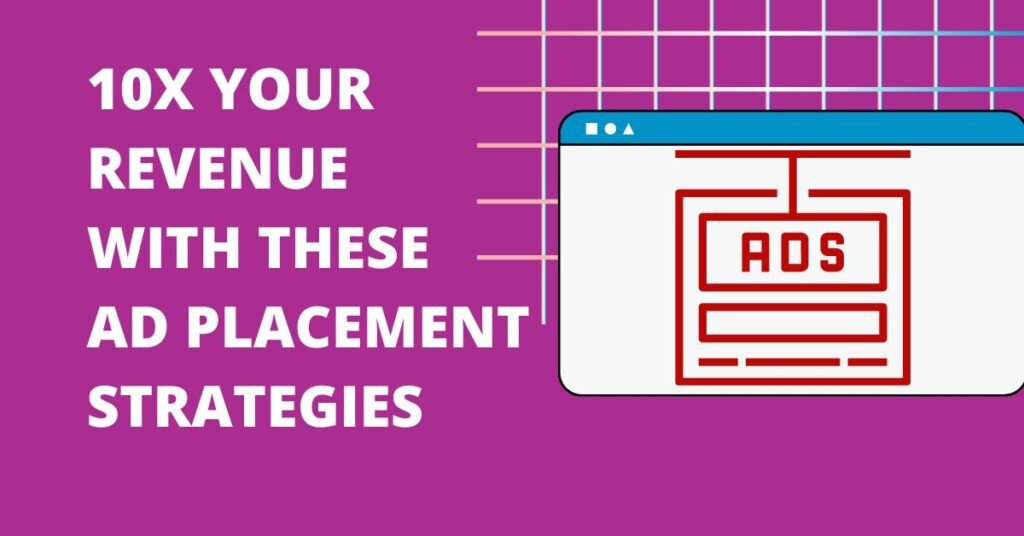Advertising has undergone significant changes over the years. From early print ads to today’s digital campaigns, each phase has shaped how we interact with brands. Understanding the evolution of advertising helps us appreciate its impact and predict future trends. Let’s explore how advertising has evolved from its beginnings to the modern era.
Early Advertising: Print and Posters
Advertising began with print media in the 19th century. Early ads appeared in newspapers and magazines. Businesses used posters and handbills to promote products and services. These ads relied on bold text and simple graphics to catch attention. The focus was on informing potential customers about new products and deals.
The Rise of Radio and Television
In the early 20th century, radio and television revolutionized advertising. Radio ads started in the 1920s, allowing businesses to reach audiences through audio messages. This new medium offered dynamic content and the ability to create catchy jingles. Radio advertising became a powerful tool for brand promotion.
Television took advertising to the next level in the 1950s. TV ads combined visuals, sound, and storytelling. This allowed for more engaging and memorable campaigns. Advertisers began to create commercials with high production values and emotional appeal. TV became the dominant medium for reaching large audiences.
The Digital Revolution
The 1990s marked the beginning of the digital revolution in advertising. The internet introduced new opportunities for advertisers. Websites became platforms for banner ads and pop-ups. Search engines like Google allowed businesses to target ads based on user queries. This shift enabled more precise and data-driven advertising strategies.
In the early 2000s, social media platforms like Facebook and Twitter emerged. These platforms transformed advertising by allowing brands to engage directly with consumers. Social media advertising focused on building relationships and creating interactive content. It offered targeted advertising based on user interests and behaviors.
Mobile Advertising
The rise of smartphones brought about another major change in advertising. Mobile advertising became crucial as more people used their phones to browse the internet. Advertisers adapted their strategies to fit smaller screens and on-the-go users. Mobile ads include in-app ads, push notifications, and location-based promotions. This shift emphasized the importance of reaching consumers in real-time and in relevant contexts.
Data-Driven Advertising
Advancements in technology have made data-driven advertising more prevalent. Advertisers now use data analytics to track user behavior and preferences. This information helps create personalized and targeted ads. Programmatic advertising uses algorithms to buy and place ads in real time. Data-driven strategies improve the efficiency and effectiveness of advertising campaigns.
Influencer Marketing
In recent years, influencer marketing has gained popularity. Brands collaborate with individuals who have large followings on social media. Influencers promote products and services to their audience, creating authentic endorsements. This approach leverages the trust and relationship influencers have with their followers. It has become an effective way to reach niche markets and engage with consumers.
The Future of Advertising
The future of advertising looks promising with emerging technologies. Artificial intelligence (AI) and machine learning will further enhance targeting and personalization. Augmented reality (AR) and virtual reality (VR) offer immersive advertising experiences. Brands will continue to explore new ways to connect with consumers and adapt to changing technologies.
Sustainability and ethical practices are also becoming important in advertising. Consumers are increasingly aware of environmental and social issues. Advertisers must address these concerns and promote responsible practices. Transparency and authenticity will be key in building trust with audiences.
Professional Insights and Online Gaming
rlauterborn.com offers professional consulting and strategic advice. For those seeking online entertainment, explore the excitement of wolfwinner blackjack. Discover a different way to enjoy your leisure time online.
Final Thoughts
The evolution of advertising reflects changes in technology, media, and consumer behavior. From print ads to digital campaigns, each era has brought new ways to connect with audiences. As advertising continues to evolve, staying informed about trends and innovations will be essential. Embracing these changes will help brands effectively reach and engage their target markets. The journey of advertising from traditional methods to digital and beyond is a testament to its enduring impact and adaptability.



